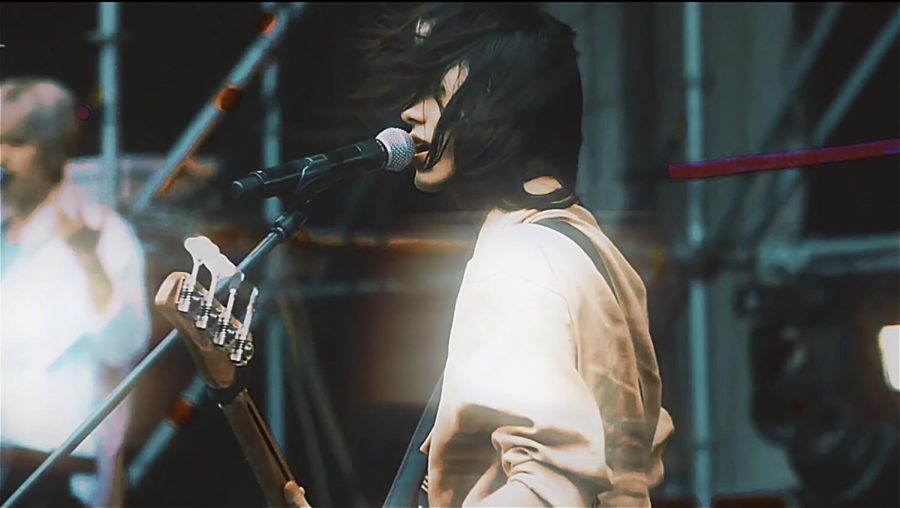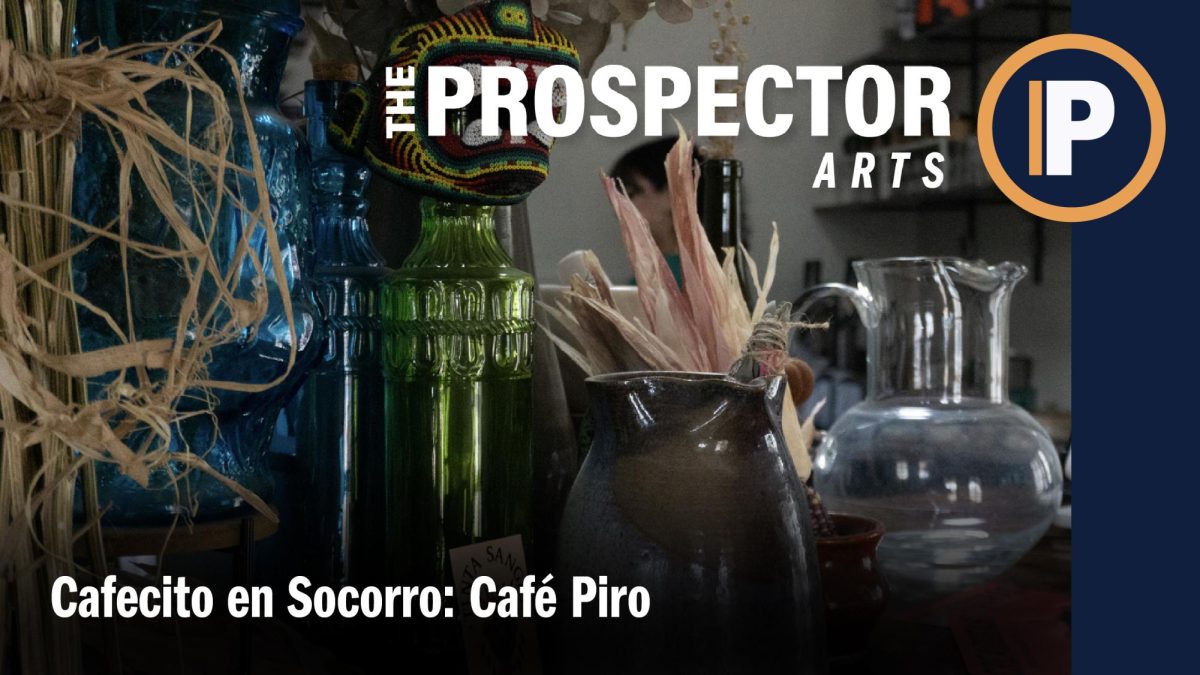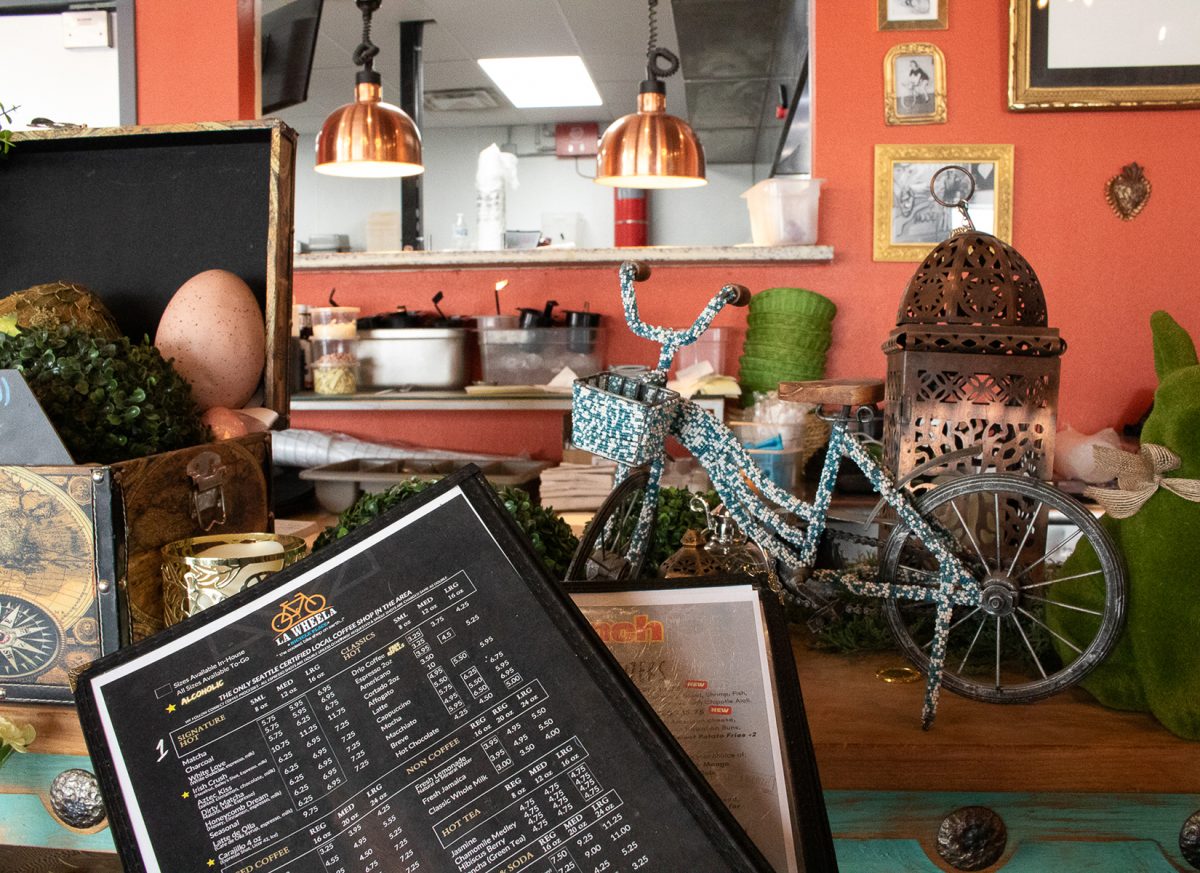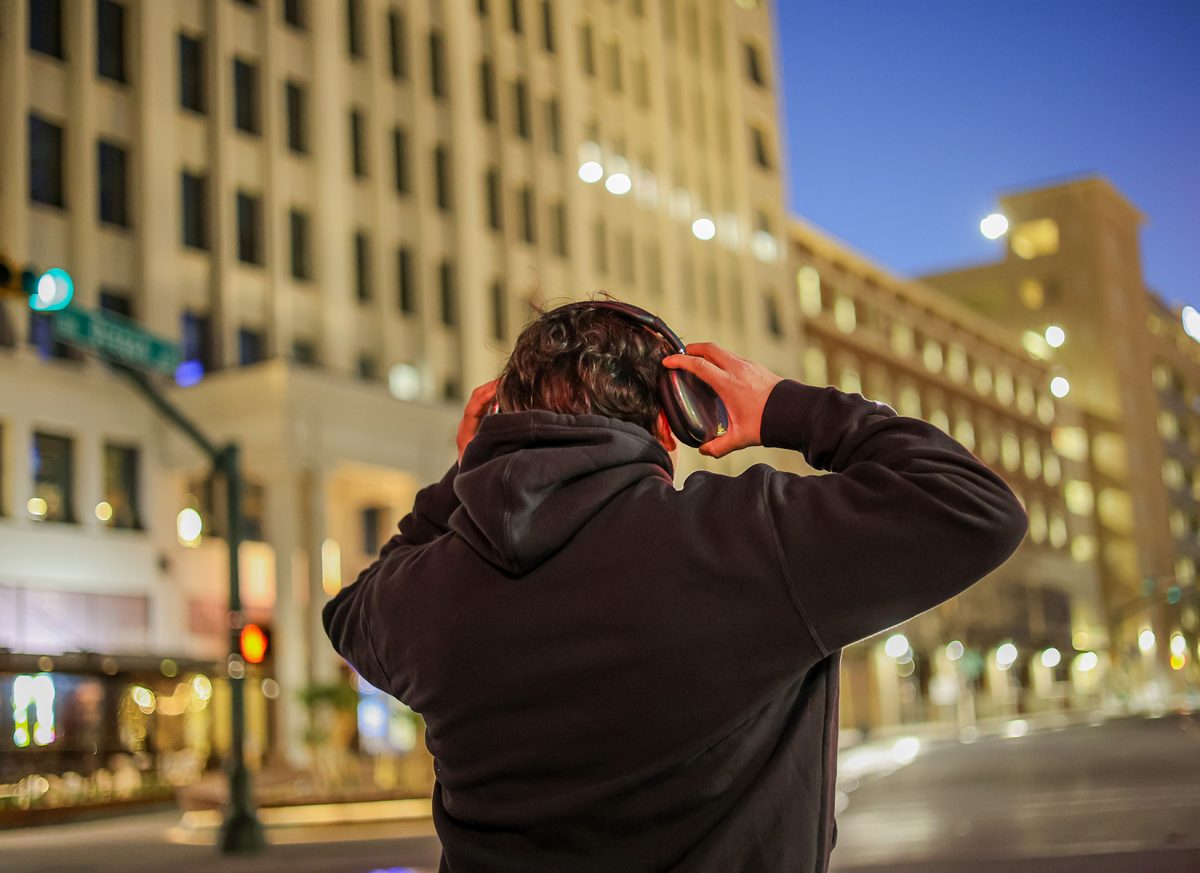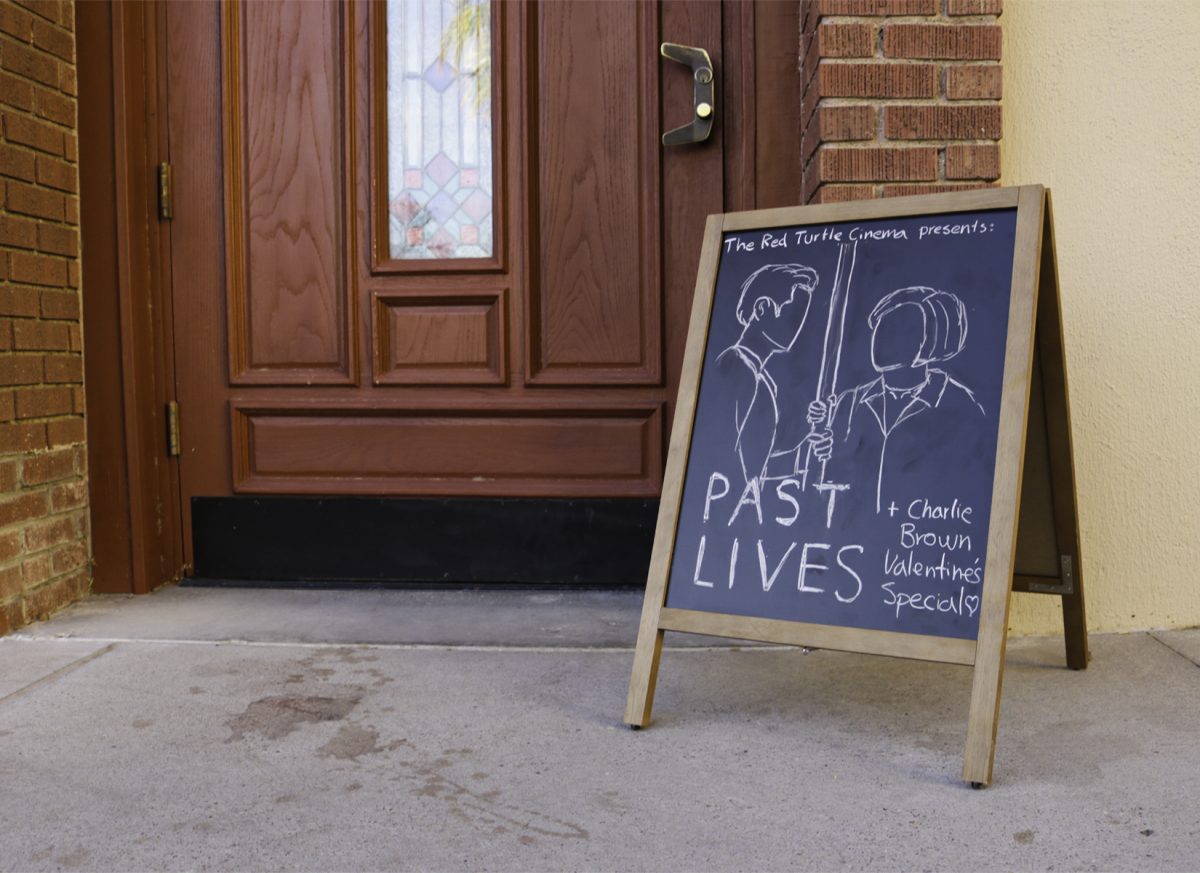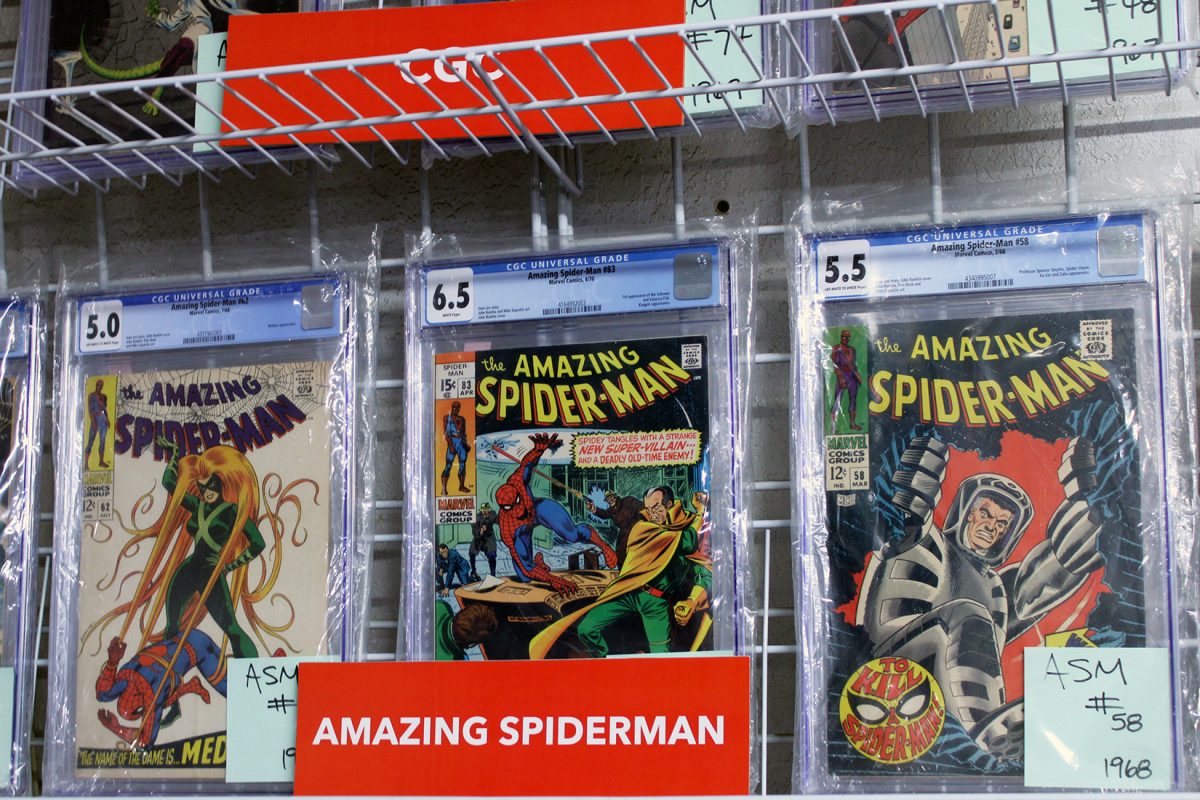Art has constantly changed throughout time. Today, not only can art be physical, but it can be digital. Through many programs and apps, there are artists creating work entirely online. This rising movement has led to the creation of special effects or SFX. Special effects are visual tricks or illusions that have been used in television, theater, film and social or digital platforms. With the rise of social media, more and more people have been finding ways to edit photos or other media to show them to the world.
SFX has been used in the film and photography industries for years. From makeup to green screens, these effects have always been used for intricate visual purposes. The digital age has brought new digital trends, including some that SFX has been a part of. Video transitions and photoshop are just a few things SFX has evolved into.
“I think it’s extremely important because say, for example, if you’re an upcoming artist and you want people to watch your music video, you want the video to be captivating and you want it to catch people’s attention,” said Bianca Cardona, a junior at UTEP in the digital media production program. “The only way you’re going to get that is if you hire someone that’s going to give you that product. What catches people’s attention is the qualities of special effects, SFX art and visual effects in general. It just makes people gravitate towards content that is visually pleasing.”
What makes SFX art more interesting is it can be done from anywhere. Many programs like Adobe or even Canva can produce SFX. With so many outlets or options to make edited art, it is no surprise more people are heading into the field.
Alfredo Garcia, a student worker at UTEP and digital media freelancer, explains how his talents have been used in the professional world.
“I (got) a job at the Socorro Independent School District, and I worked at the Student Athletic Complex in production,” Garcia said. “I would be making motion graphics and regular graphics to be shown in front of a full-scale audience and certain events.”
As many SFX artists are commissioned to make their art for companies, it is important they have some sort of creative process. Just like any artist or even engineer, people who work in SFX always have a way to make their vision a reality.
“I would create a brief first, which is basically a paragraph of what either a client or an event is looking for,” Garcia said. “I would really just start asking what sort of mood or tone, what sort of vibe we would be going for. And that includes a lot. It includes the backgrounds, people that might be in the background, it includes the font that might be used, the sort of effects or overlays also presented.”
With more freelance artists emerging from the community, the use of SFX increases as well. While these effects started as amateur tricks in the 19th century, today they are arguably some of the most important things used in modern media.
Elisha Nunez is a staff reporter and can be reached at [email protected]



